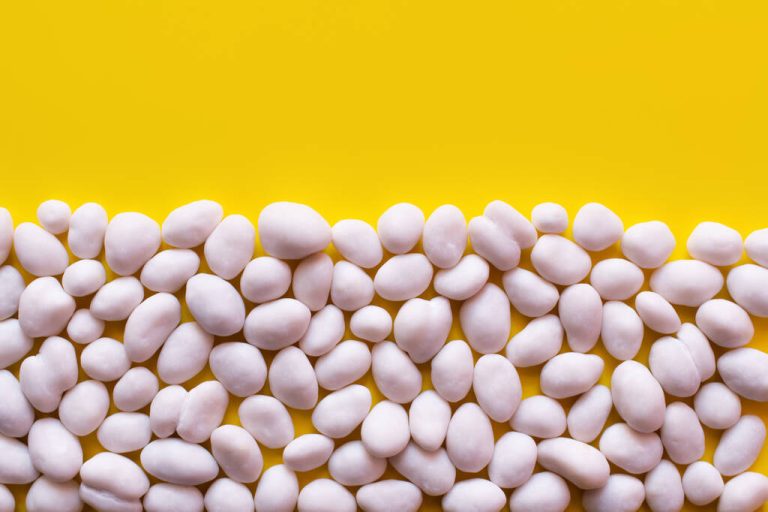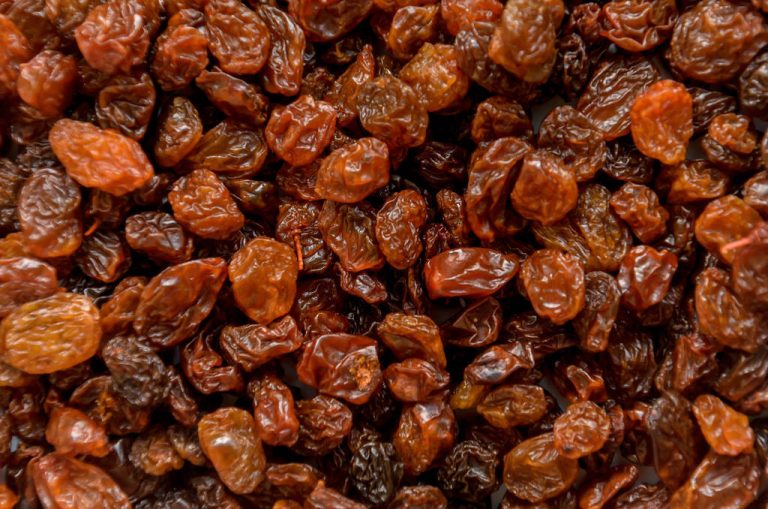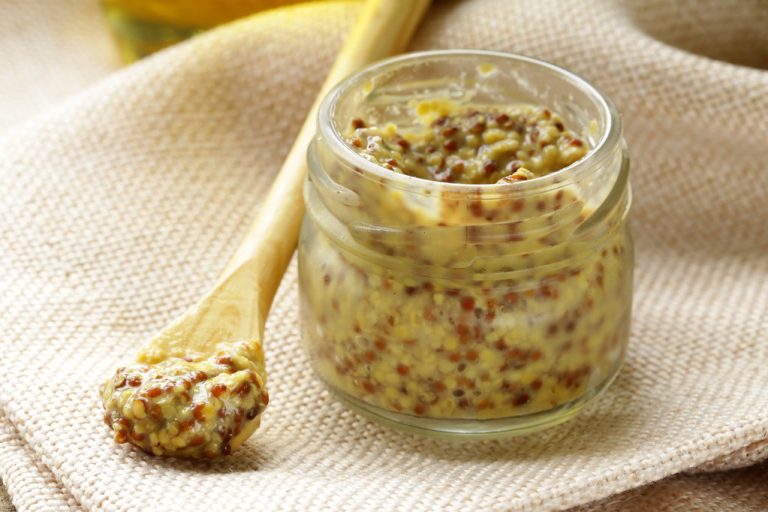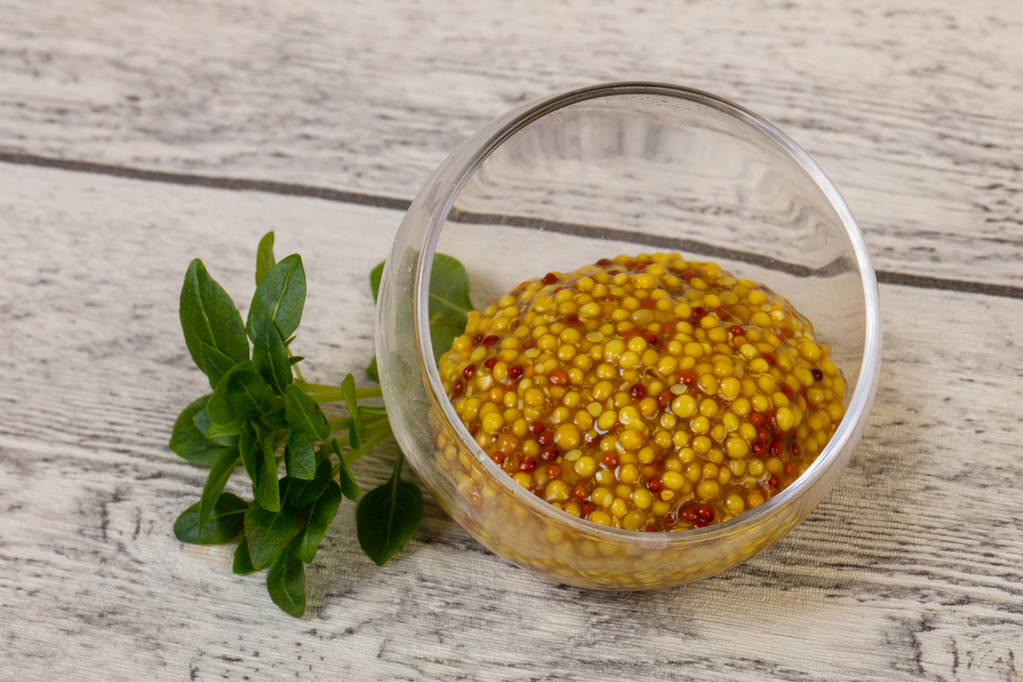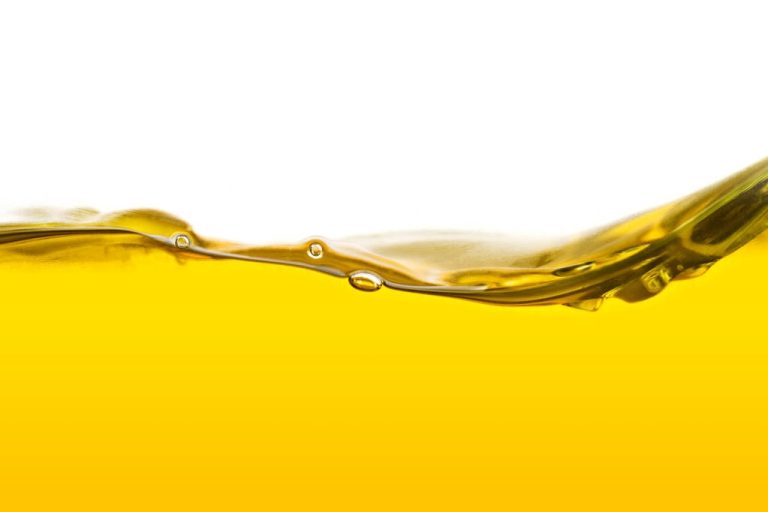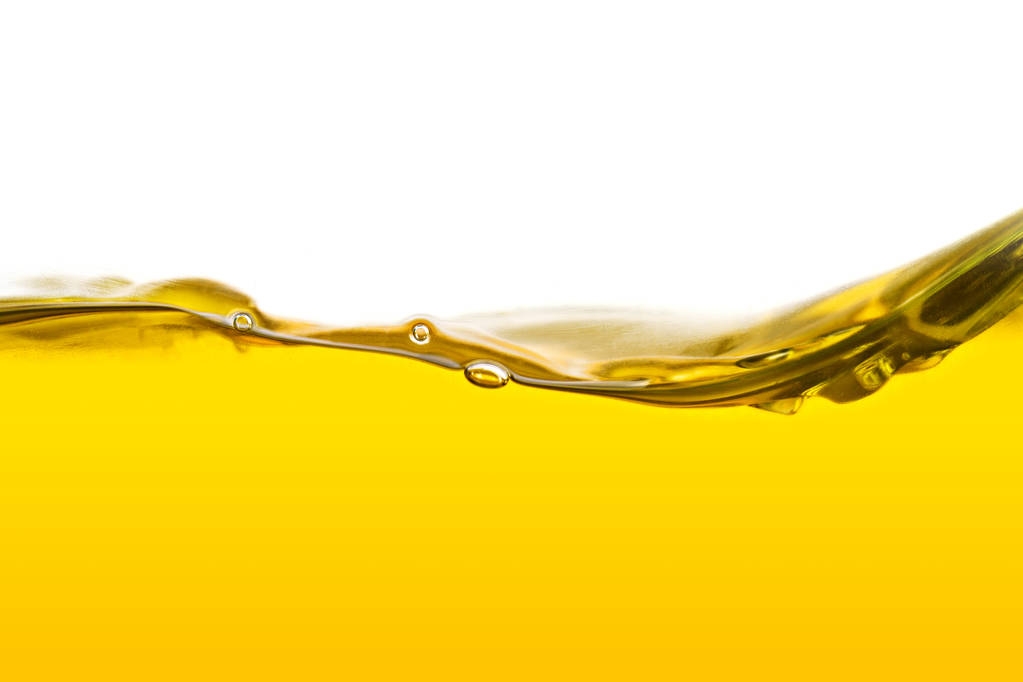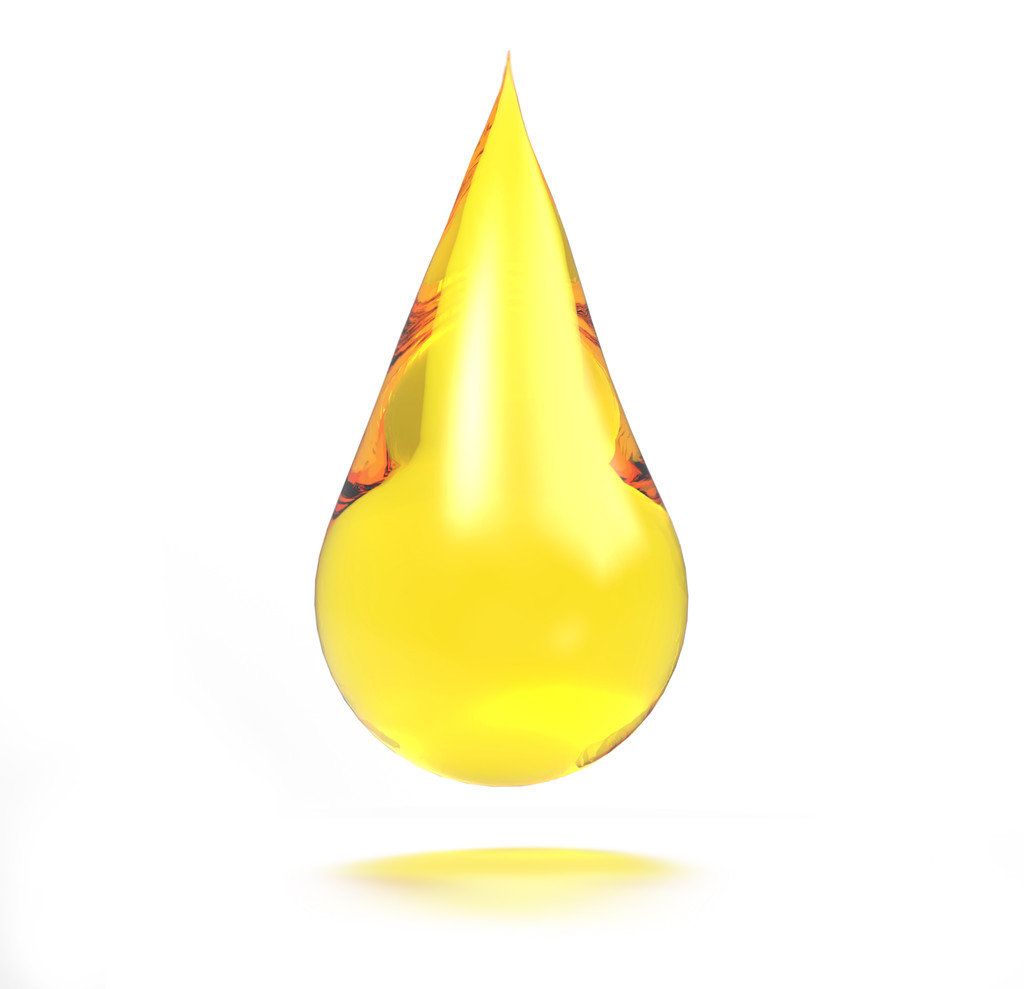Pine nuts are considered very healthy and are an integral part of Mediterranean cuisine. Here you can find out where the seeds come from and what makes them so special.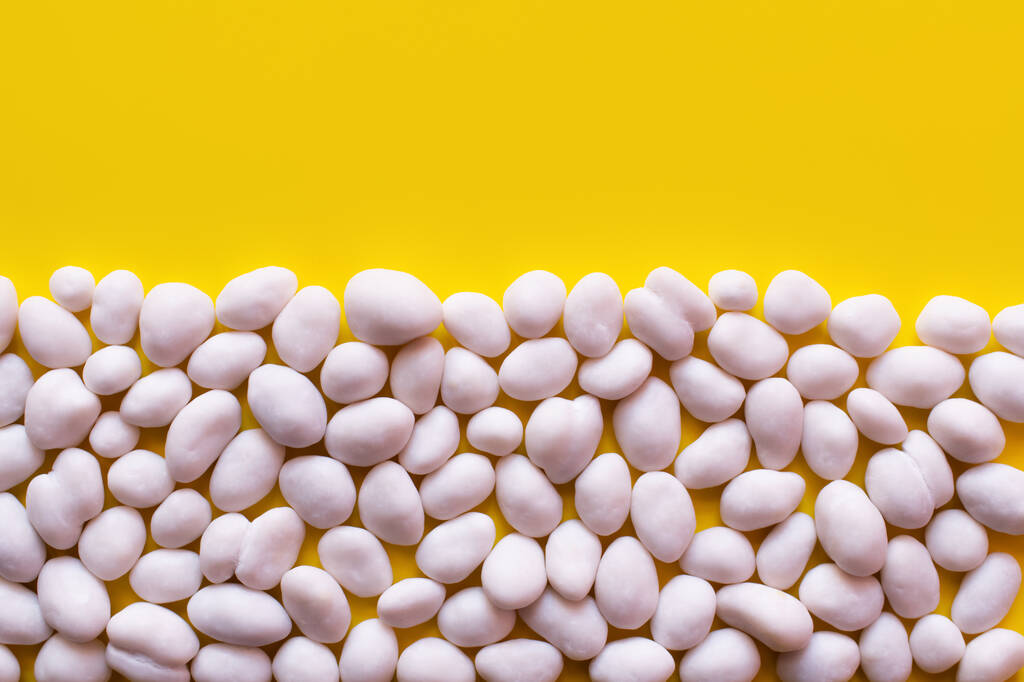
Pine nuts are a diverse source of nutrients
The delicious pine nuts have a nut-like aroma and provide us with all kinds of important and healthy nutrients.
Among other things, they contain large amounts of the trace element selenium. This substance supports our immune system and protects our body from so-called “free radicals”.
Almost half of the soft kernels consist of fats – but these are exclusively polyunsaturated fatty acids. Unlike saturated fat, they help lower cholesterol levels to healthy levels.
The fats are also responsible for the kernels spoiling faster. They go rancid and change their taste. But the same applies here: Don’t let the best-before date fool you. Just make sure that you keep the seeds tightly sealed in a cool, dry place and eat them quickly. Your senses of taste and smell will help you tell if the seeds have gone bad.
Origin of the pine nuts
As the name suggests, the kernels are extracted from the pine tree. This conifer is widespread in the Mediterranean region, including France, Italy and Turkey. The kernels grow in the cones and are obtained in a complex process. The pines are not cultivated on a large scale, but grow wild. Mostly on uneven ground, so access is difficult. The trees grow up to thirty meters high and only after about twenty years do they bear cones with pine nuts. The kernels then mature in the cones for about three years. They can be harvested from October.
This is done by hand: so-called pineros climb the trees to knock off the cones. They are dried over the winter before the pods can be removed the following year. This is where the valuable pine nuts are located.
Because of the complex process, pine nuts are of course not cheap. There is also an Asian variant of a related tree, the Korean pine, which is often significantly cheaper. However, not only the environmental aspect speaks against them due to the long transport routes. Taste impairments have often been found to occur after consumption and leave a metallic taste for a long time.
So if you want to refine your diet with pine nuts, be sure to pay attention to the origin of the nuts. So you can be sure that you avoid long transport routes and receive safe food.
Pine nuts refine pesto and salads
You can eat the delicious pine nuts with almost anything. In Mediterranean cuisine, for example, you can find them roasted in salads or soups, in vegetable pans or with pasta dishes. They taste particularly good in classic pesto. You can already achieve a big effect with small amounts of the seeds and prepare a great meal.

